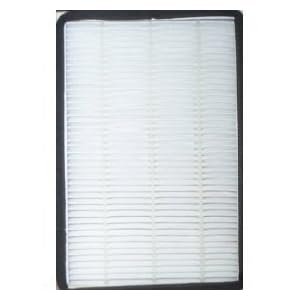Basic Troubleshooting for a Ceiling Fan
Basic Troubleshooting
I. Fan is not working
Check to make sure that all controls on the fan are functional and set properly. Does the fan have a light? Does the light work? If both the fan and the light are not working, it is likely a connection issue and/or the fan is not getting power. If the light is working and the fan is not, the first thing to check is if the black wire has come disconnected inside the canopy. Next, check to be sure that the blades turn freely. If they do not, the problem may involve stuck bearings , a broken flywheel, or simply something stuck in the path of the motor or blades that does not belong there.
II. Fan light is not working
If the fan is working but the light is not, the problem is usually a loose connection between the power source and the light kit.
III. Fan runs, but wobbles or shakes
See section on balancing.
IV. Fan runs, but slowly.
First, check to see that the fan blades turn freely by hand and coast after being spun. If rotation is in any way stiff, this is a sign of dirty, dry, or gummed bearings, which can slow the motor. The fan should be oiled. Second, does the fan wobble at all? If for any reason the blade pitch is steeper on one or more blades than the motor is designed for, this will slow the motor. See the section on balancing. If the blades turn freely and are balanced, the cause of a fan running slowly is almost always a bad capacitor. It should be replaced with a capacitor of equal value.
V. Fan makes mechanical noise while running i.e. clicking, knocking, grinding.
If it's a mechanical sound, chances are it is a mechanical problem. It could be something as simple as a wire that has slipped into the path of some moving parts. If the fan wobbles, balancing the fan may silence the noise. If the fan is balanced, the next thing to check is if anything is coming into the path of the blades or any other noticable moving part. If the noise appears to be internal to the motor, it is most likely a bearing issue, or something (such as a wire or connector) coming in contact with moving parts inside the housing. Dry bearings can also make a grinding, squeeling, or rattling noise. Lastly, sometimes mechanical noises are the result of loose parts on the fan. Check the blades, blade brackets, light kit glass, etc, to be sure all the screws are tight.
VI. Fan makes a humming noise while running
The key to a quiet fan is to isolate the motor vibration from all other parts. This occurs, in the majority of fans, in three places: between the motor and the blade brackets, between the blade brackets and the blades, and between the downrod/motor flange and the mounting bracket. Some fans also have vibration-isolating material between the mounting bracket and the ceiling. If your fan makes a noticable humming noise, inspect it for the above Mentioned types of vibration-isolating material. With the exception of the rubber flywheel, if your fan is lacking any of the above, they are easy to add and should solve the majority of humming problems. You can always add additional material as rubber washers and spacers are readily available.
VII. Fan makes an electrical buzzing noise while running.
By far the most common cause of an electrical noise from a fan is the use of an improper speed control. Most fans made today are not designed to be used with Solid State speed controls. Use a speed control, such as a capacitor type, that is recomMended for your fan. Do NOT use a dimmer switch EVER on a fan motor.
VIII. Fan moves very little Air.
First, check and see if any of the other problems listed above apply. Running too slow? Off balance? Check and make sure the fan isn't operating in reverse (for most fans, clockwise, see 'reversing section'). Another, less likely, option is that the blades became bent or warped without actually putting the fan out of balance. Observe the fan from the side to see if the blades are still pitched noticably. If not, reference the balancing section for bending them back into place.
Lastly, you might just have a cheap fan that doesnt move a lot of Air. Peruse our site, and buy a new one!
Copyright © 2005 Dan Neuman

